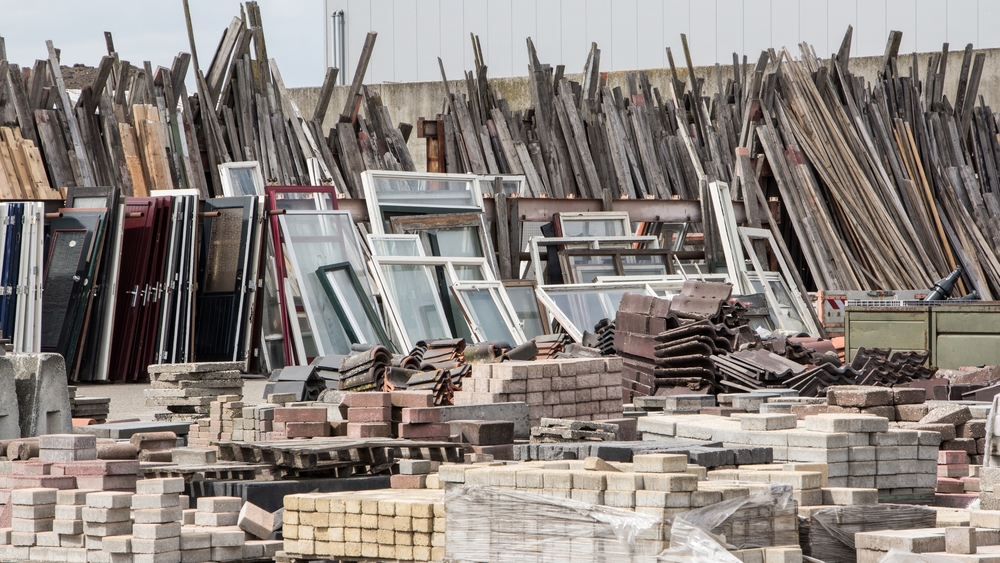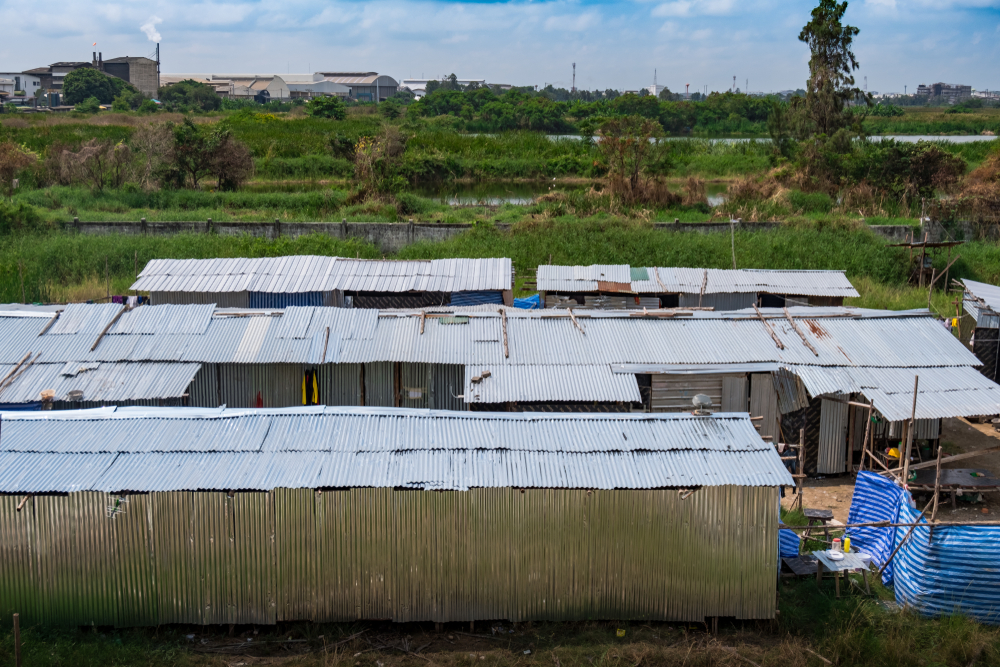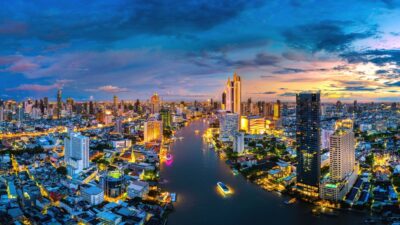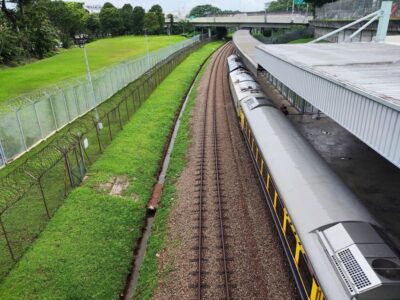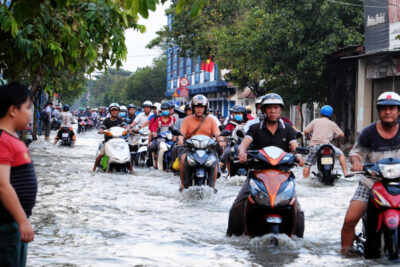Buildings under construction: The impact on the environment and on its workforce
These structures enable us to live a more comfortable lifestyle in cities, but we must not forget its drawbacks during construction
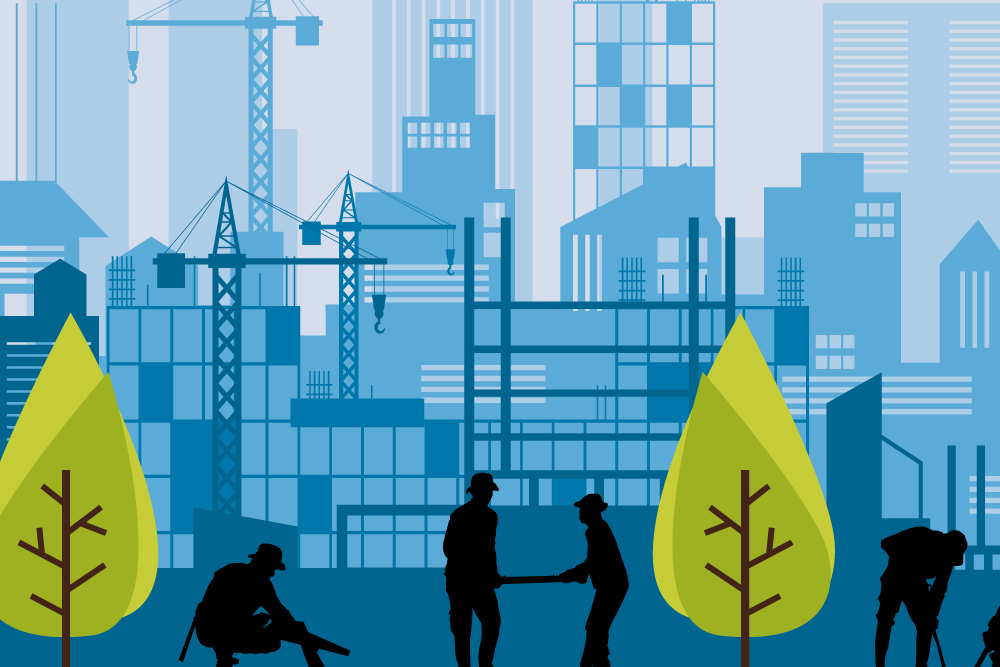
By 2050, 75 percent of the population around the world will be living in city centres, which means the construction of buildings won’t cease until we are able to accommodate the various needs of the people living there, whether it be through housing, industrial parks, entertainment venues, wellness centres, municipal buildings, educational facilities, health institutions and much more.
While we have seen several sustainable buildings developed by ESG-rated firms popping up across the region, they aren’t nearly enough to rectify the issues brought by the construction of traditional buildings.
The environmental aspect
In his blog Gates Notes, Bill Gates said that concrete and steel, materials widely used in buildings, produce 10 percent of the global annual greenhouse gases when they are being manufactured. Unfortunately, at the moment, there are only a few known solutions in making it without releasing carbon dioxide and these aren’t available around the world.
For concrete and cement, the Construction Climate Challenge recommends using less cement content by “specifying higher-quality aggregate or reducing water content.” As for steel, they suggest switching over to Electric Arc Furnace technology to process recycled steel.
More: Is Asia prepared for the challenges that come with rapid urbanisation?
Moreover, a forecast by Transparency Market Research revealed that construction debris, which is “anything generated as a result of construction, and then abandoned, regardless of whether it has been processed or stockpiled,” will inflate in the coming years.
In 2012, the World Bank said that the solid waste produced worldwide accounted for 1.3 billion tons each year — and 50 percent of these were building materials. By 2025, the said volume is predicted to grow to 2.2 billion tons every year.
To avoid this grim projection, countries around the globe have introduced policies to boost recycling of construction debris. Several international certifications like LEED have also encouraged proper construction waste management.
But because of the poor implementation of policies, low margins, lack of standardisation, lack of awareness and lack of resources, we are still seeing a lot of improper construction debris disposal.
And in this day and age, when we are already seeing the adverse effects of climate change, we need more eco-conscious developers who are passionate about reducing their carbon footprint, be it through proper waste management or implementation of energy-efficient solutions, if they don’t have the capital to completely go green.
The key here is to control what you can with the resources that you have.
The human component
On the other hand, the human factor has also been an issue in the construction sector since workers in construction sites are exposed to several safety and health hazards.
According to the International Labour Organisation, no less than 180,000 workers die on-site each year, which is about 30 percent of all recorded work-related fatal injuries.
“Data from a number of industrialised countries show that construction workers are three to four times more likely than other workers to die from accidents at work. In the developing world, the risks associated with construction work may be three to six times greater.”
More: The value of technology in the real estate industry, from construction to user stage
Since the COVID-19 pandemic began to spread across the Asia Pacific region, the vulnerable state of construction workers, who are mostly migrants, has been brought to light.
In Singapore, for instance, the transmission of the virus has increased drastically in construction sites and dormitories because of the 4.5 square metres of living space provided for each worker. Such dormitories are shared by 12 to 20 men in double-decker beds per room, reported Eco-Business.
Hoping to improve the situation in Thailand is Baan Dek Foundation (BDF). Nicola Crosta, the founder of Baan Dek Foundation, said that “BDF has spent over eight years working with construction companies and developers to help them improve worker camp environments (environmentally and socially) and at this point, [we have worked] with 47 companies across Thailand.”
Since their establishment, BDF has been educating industry leaders about the benefits of investing in good ESG, which are:
- Improved Environmental, Social and Governance (ESG) performance with the Stock Exchange of Thailand (SET) positively influences foreign investment,
- Improved conditions of environmental impact that may increase chances of Environment Impact Assessment (EIA) approval for major construction projects, and
- Improved workforce retention that yields greater productivity and may reduce workers’ risk of accidents, both on the worksites and in their temporary living environments.
Their commitment to raising awareness not only for the workers, but also for the environment has led to a strong partnership with UNICEF. So far, they have been actively supporting 40 construction site camps, and are working with property developers and construction firms to provide recommendations, as well as to introduce tools and guidelines to improve their processes.
Suffice to say, we need such organisations across the region who will look after the environment and the workers’ condition — crucial factors that are mostly neglected during the construction stage.
This is the fourth of a five-part series on how the Asian real estate is going green. Read first, second, third, fifth parts here
Recommended
Thailand advances digital finance with blockchain real estate push
Issues over marrying blockchain incentives to a physical asset class is hampering Thailand’s digital finance push
Johor Bahru emerges as a key economic partner to Singapore
Once regarded as a poor relation across the causeway, Johor Bahru is cementing its status as an integrated economic partner to Singapore
Vietnam sets new rules to reward clean energy producers
Vietnam’s government has passed new regulations allowing homeowners and landlords to sell solar power back to the national grid for the first time
Bangkok developers shift focus to safer low-rise and suburban projects
Concerns over Bangkok’s seismic safety in the wake of the recent Myanmar earthquake have prompted a shift toward low-rise developments

